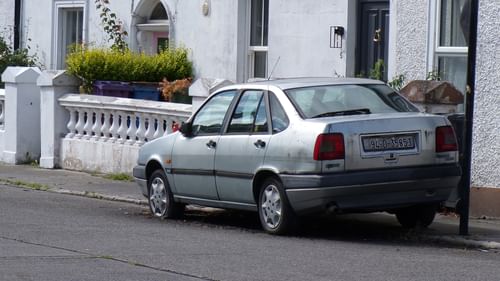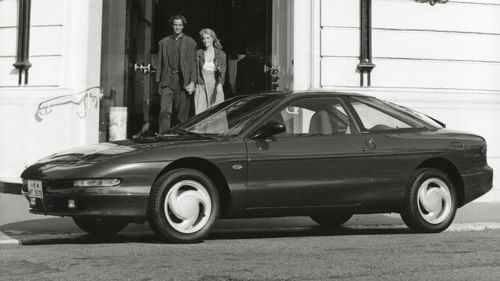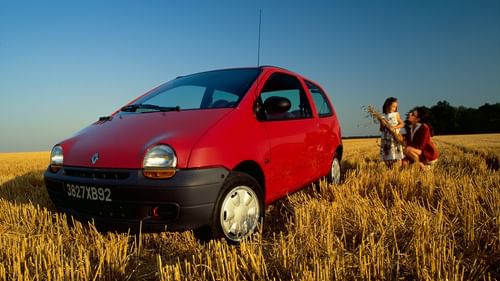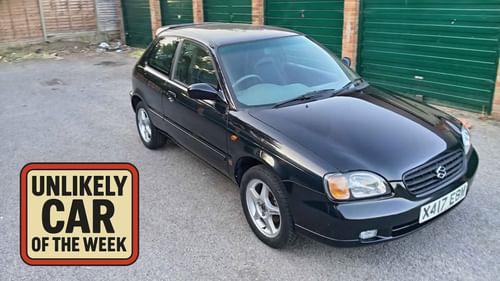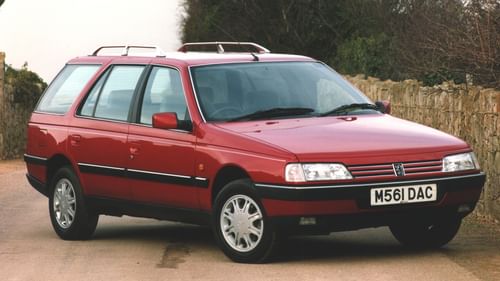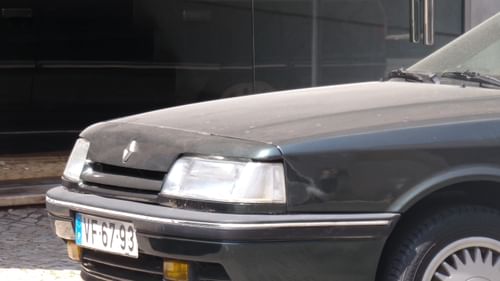The Nissan Pao is keeping me awake at night

For the last five nights, I have woken up in the middle of the night thinking about the Nissan Pao. Why? Because I saw one languishing at my local industrial estate.
It looked magnificent. Surrounded by a commercial landscape that's been in lockdown for three months, the Nissan Pao stood out like a ray of sunshine in a sea of gloom. This is the first time I've seen a Nissan Pao in the metal. I was determined to make the most of the opportunity.
My family didn't see the appeal. They've grown accustomed to nodding in reluctant agreement when I wax lyrical about a weird, obscure or mundane car I see on the street. A kind of ‘come along dear, it's time to go home for your medicine’ agreement.

They didn't get the Nissan Pao. I mounted a frenzied and frantic case for its defence, running through its finer details like a kid who has just been given 30 seconds to select their favourite treats from the sweetshop.
Exposed door hinges. Split tailgate. Corrugated body panels. Weird rear windows. Circular rear lights. Optional canvas top. Tubular bumpers. Crazy door mirror brackets. A quarter of fizzy cola bottles and a sherbet dip dab, please.
They weren't having any of it, although the fact that the Nissan Pao is based on the Nissan Micra did result in a couple of curious second glances.
All Those Years Ago
The Pao is one of the fab four cars built by Nissan's Pike Factory in the late 80s and early 90s. Picking a favourite is like choosing the best member of The Beatles. It's tough, but the answer is George Harrison.
Truth be told, I've got my mind set on the Be-1, but as it's the Pao that's giving me sleepless nights, I'll go with that.
Buoyed by the success of the Be-1, Nissan built the Pao, S-Cargo and Figaro. It's the latter that will be the most familiar to UK buyers. Of the 20,000 Figaros built, around 3,000 made their way to these shores. Not bad for a car designed solely for the Japanese domestic market.
Although Nissan limited production of the Be-1, it took a different approach with the Pao. It was essentially built to the orders received over a period of three months in 1989. The target was 10,000 orders. Nissan received 51,687.
Give Me Love
It's adorable. What influences you see in the design depends on how much you've had to drink – or how little sleep you've had. I see the original Mini, the Renault 4, bits of Fiat, a Bentley grille (yes, really), and a hint of the old American station wagon at the back.
Overall, it looks like something Wasabi would drive on the streets of San Fransokyo. He spilled wasabi on his shirt one time, people. One time.
The inside of the Nissan Pao is as bold and retro as the outside. You'd swear blind that it was constructed using Bakelite and canvas, with a radio that looks like it was borrowed from post-war Britain. Any illusion that you've been transported back to the 1950s are shattered by the modern air vents, but this isn't a time for nitpicking.
Instead, admire the toggle switches on the dashboard, the dainty indicator and wiper stalks, the colour-coded interior, the speedometer and the canvas-trimmed seats.
When We Was Fab

I suspect the driving experience will be a bit of a let down. A 1.0-litre engine producing around 50bhp could be frustrating, especially in a Pao with a three-speed auto rather than the five-speed manual. The seats look about as comfortable as sitting over the rear axle on an airport car park transfer minibus. Oh, and the exposed metal dashboard looks a little unforgiving in the context of it meeting your face in the event of an accident.
Minor details. Overall, I want to squeeze the Pao's cheeks and congratulate it for being so damn adorable. If push came to shove, I'd choose a Be-1 over a Pao, but the need to own something weird and Japanese is growing stronger by the day.
Aa Toyota Century, an Autozam AZ-1 and a Nissan Be-1 would be a formidable three-car garage. On that note, I'm going back to bed.


